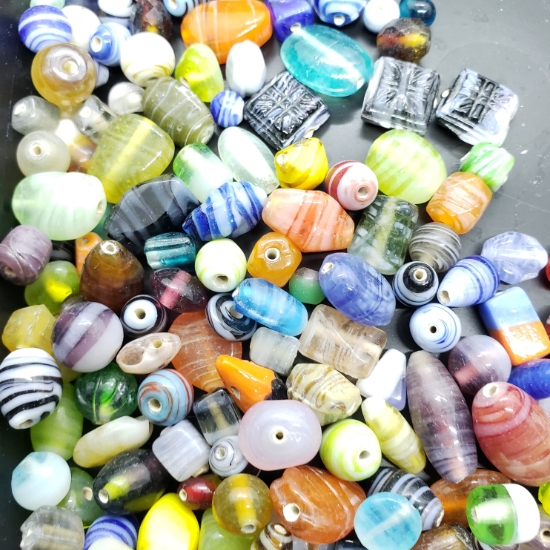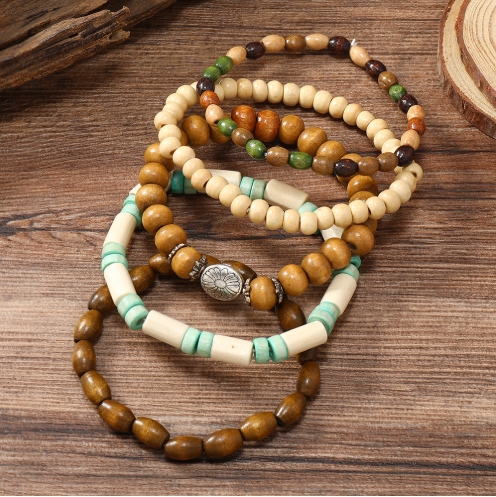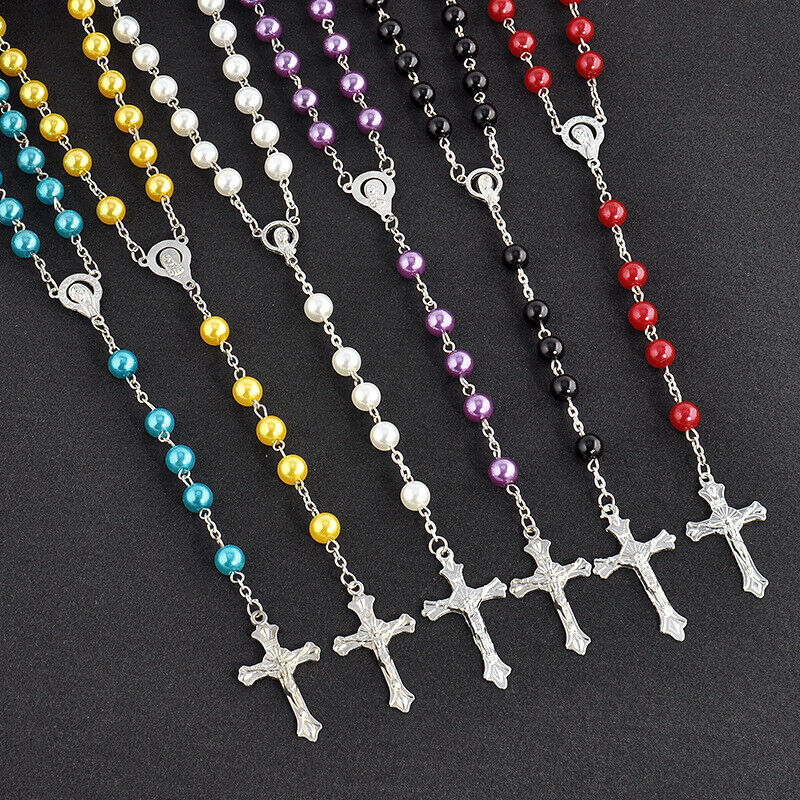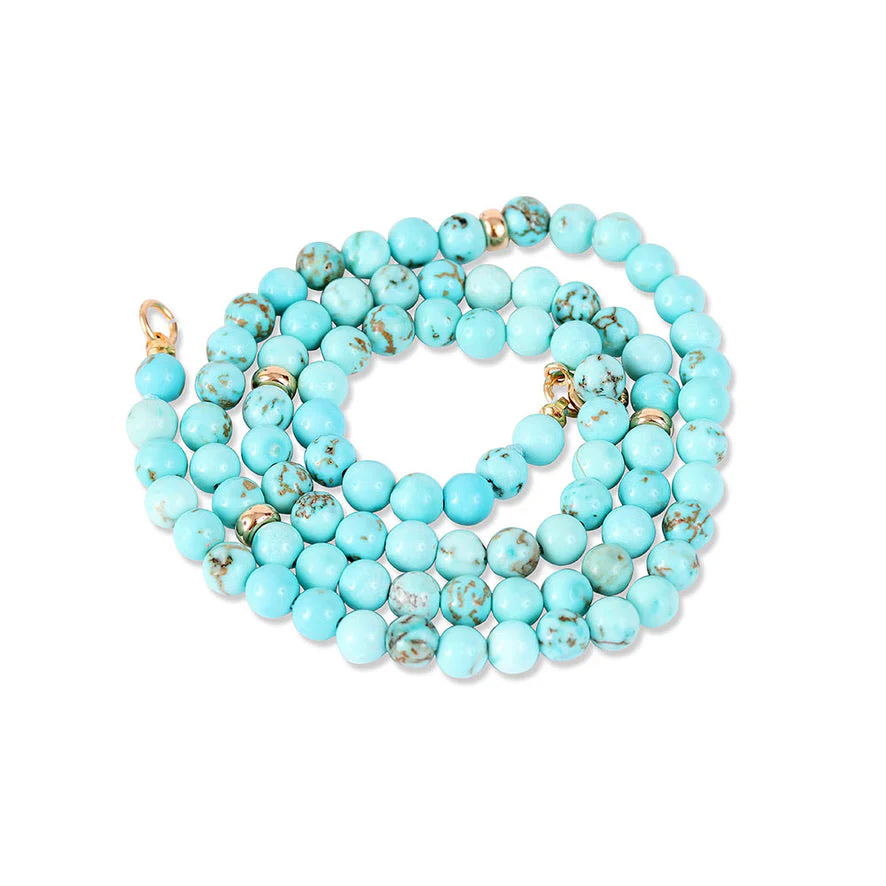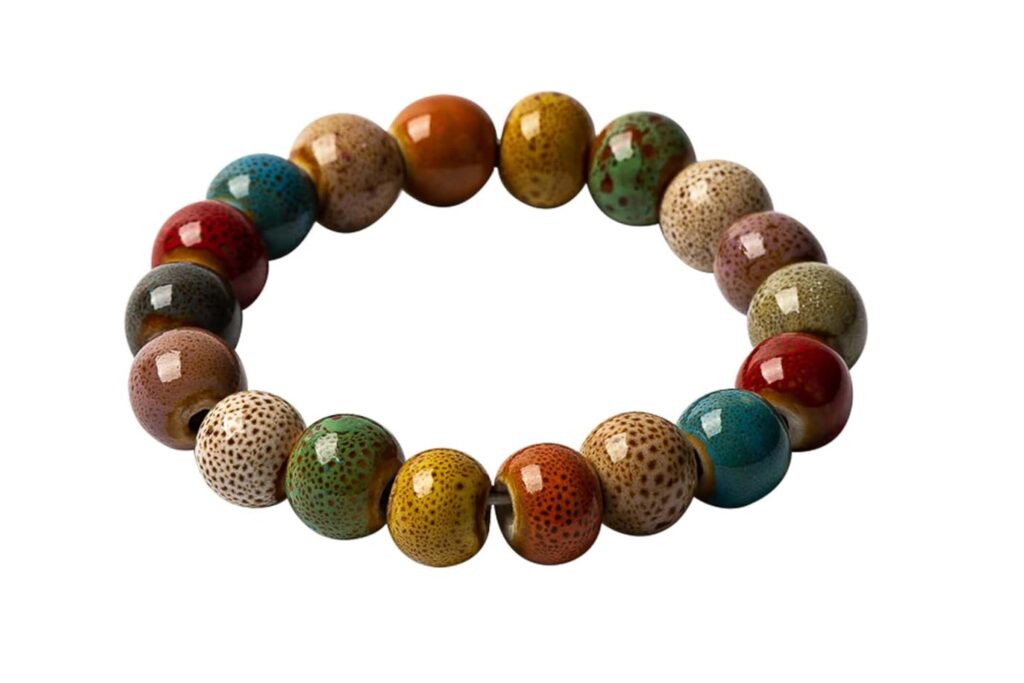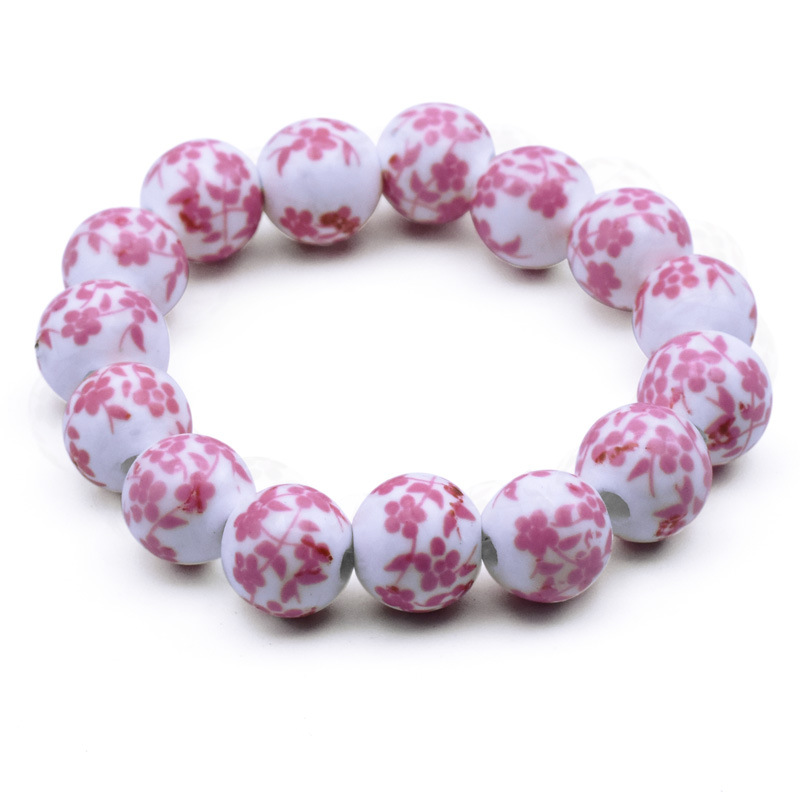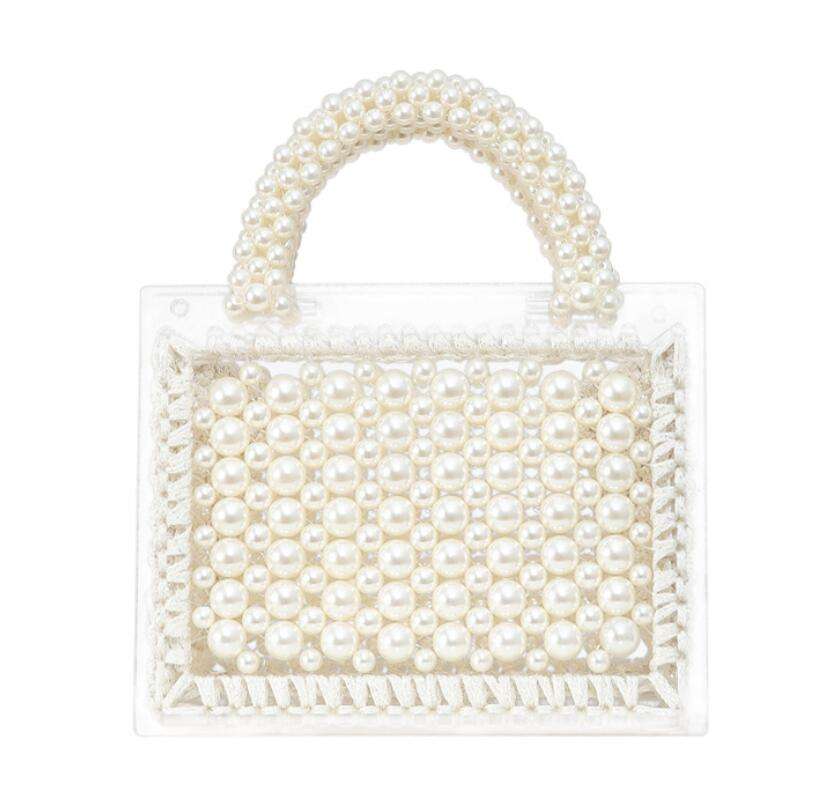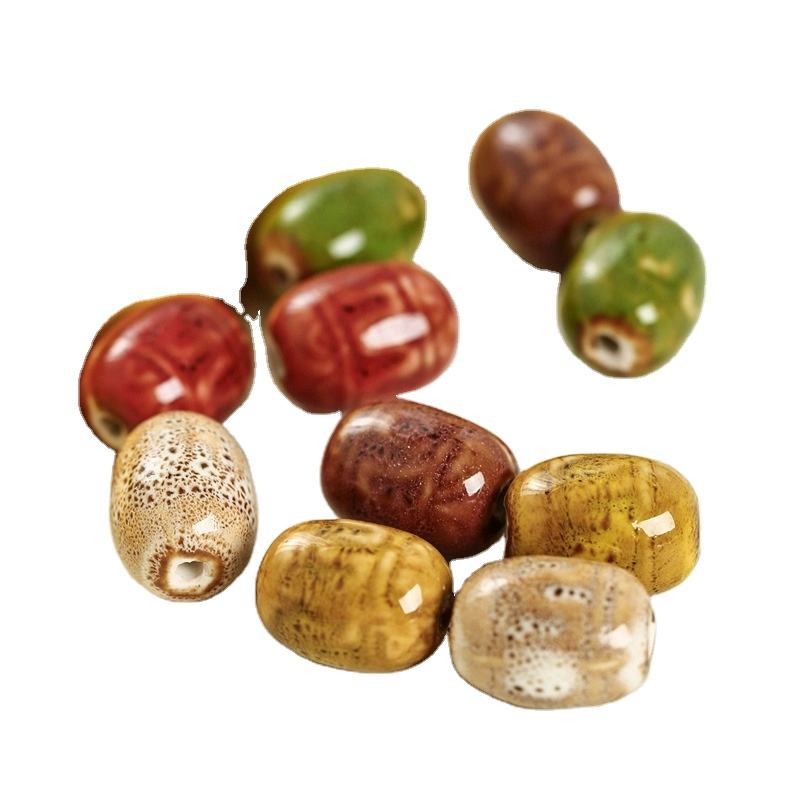Selecting the perfect ceramic bracelet involves understanding various styles, trends, and personal preferences to ensure it complements your individual style and occasion.
Define Your Style Identity
The first step in selecting the right ceramic bracelet is to define your style identity. Consider the aesthetic elements that resonate with you the most. Are you drawn to classic elegance, bohemian whimsy, or modern minimalism? Understanding your style persona will guide your bracelet choices with clarity and purpose.
Align with Your Wardrobe
Your bracelet should seamlessly complement your wardrobe, enhancing the overall aesthetic of your outfits. Assess your closet to identify recurring colors, textures, and patterns. Choose ceramic bracelets that harmonize with these elements, adding depth and dimension to your ensemble.
Tailor to the Occasion
Just as different outfits are suited for different occasions, so too should your choice of bracelet vary according to the setting. For formal events, opt for elegant and understated pieces like a delicate tennis bracelet or a sophisticated ceramic bead bracelet. Casual settings offer the freedom to experiment with playful and eclectic designs.
Consider the Bracelet’s Features
Ceramic bracelets come with various features that may influence your decision:
Magnetic Therapy: Some ceramic bracelets incorporate magnetic elements, offering potential health benefits such as improved circulation and reduced inflammation. These can be an excellent choice for those seeking both style and wellness.
Hypoallergenic Properties: Ceramic is less likely to cause skin irritation or allergies, making it a popular choice for individuals with sensitive skin.
Lightweight and Durable: Ceramic bracelets are lightweight, ensuring comfort throughout the day, and they are resistant to scratching, tarnishing, and fading, making them suitable for everyday wear.
Mix and Match for Versatility
Ceramic bead bracelets are incredibly versatile and can be styled to suit various occasions. For a casual look, pair a rustic bracelet with jeans and a t-shirt. For formal settings, opt for a polished finish and pair it with a dress or blouse. Stacking different styles and colors can create a unique and personalized look that reflects your style.
Support Artisans and Sustainability
Handmade ceramic bead bracelets are eco-friendly and sustainable. They are crafted with care using natural, often locally sourced materials. By choosing handmade options, you support small businesses and artisans while reducing your environmental impact.
Prioritize Quality Craftsmanship
When buying a ceramic bracelet, look for quality craftsmanship and materials that match your personal style and the occasions you intend to wear it. Ensure the clasp type is secure and easy to use, and the fit is comfortable and adjustable to your wrist size.
Sizing and Fit
To ensure the perfect fit, measure the broadest part of your hand (base of knuckles) with your thumb and little finger together. Compare this measurement with the bracelet’s diameter to determine the right size. If between sizes, choose the larger size. Note that bangles will sit loosely around your wrist once over the knuckles, and always double-check your wrist size with your knuckle size to avoid an ill fit. By following these guidelines, you can choose a ceramic bracelet that not only enhances your wardrobe but also reflects your unique style and personality.
